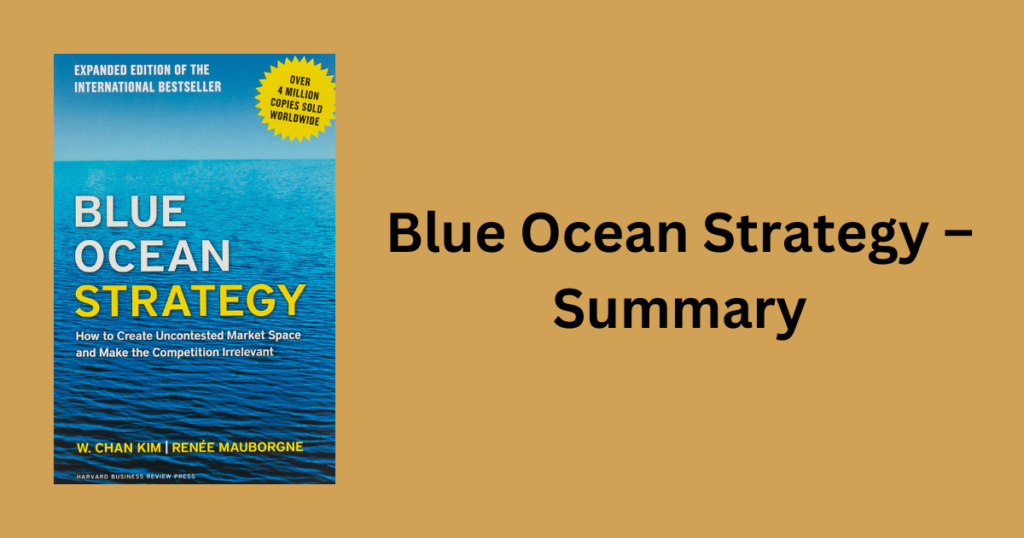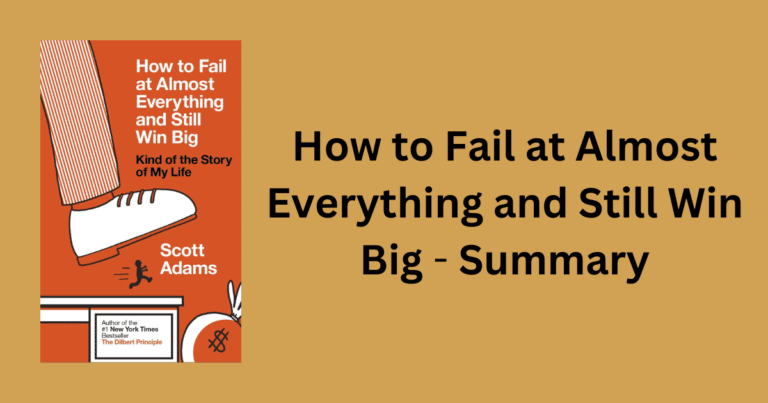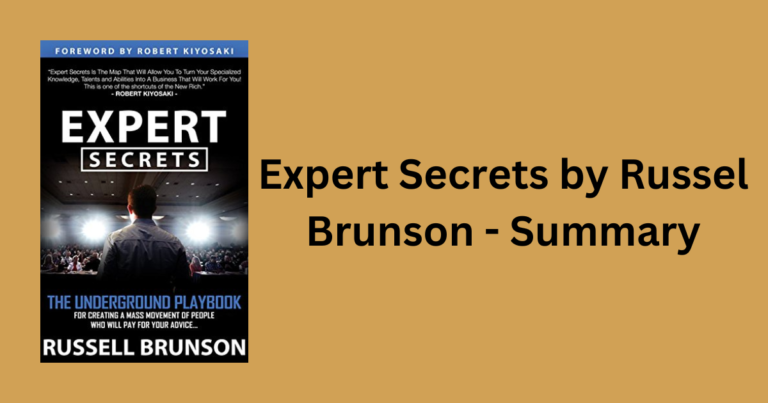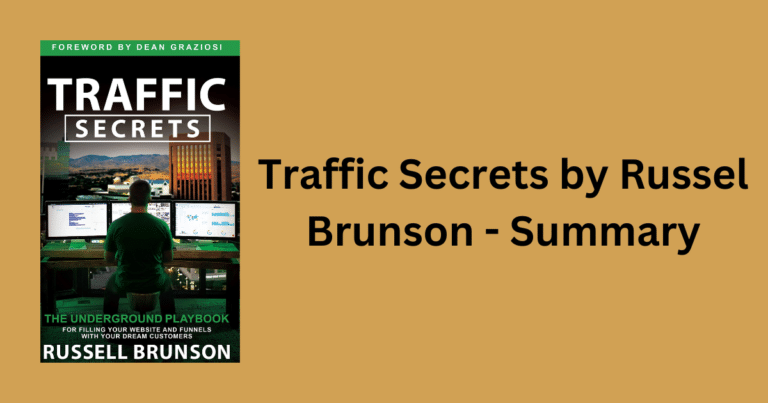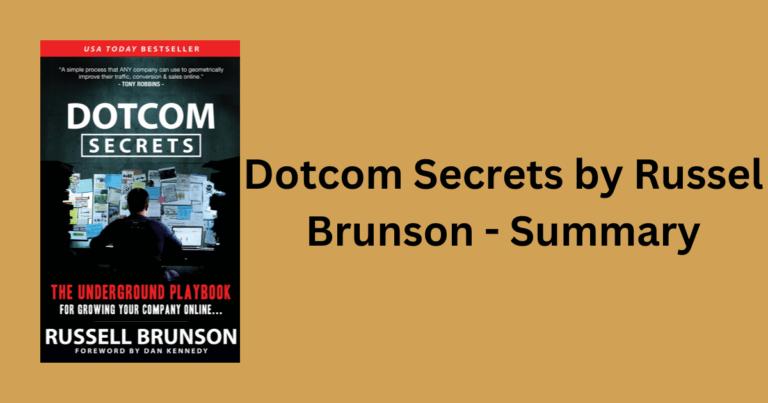Blue Ocean Strategy was developed by Renée Mauborgne and W. Chan Kim in 2005 after studying and analyzing 150 businesses in different industrial sectors in the last 100-years.
Blue Ocean Strategy talks about creating a new market space for your product. It’s about creating a new category of a product that offers superior value to your customers.
Find a unique and focussed strategy and separate yourself from the crowd and make the competition irrelevant. Create a new demand where there was none and cater to them.
It’s about finding new customers who are not willing to buy from your competitors because they are not offering anything new and different.
Blue Ocean Strategy is about finding a new market space in a crowded ocean and escape the bloody red ocean of competition.
What is the Blue ocean strategy?
Blue Ocean Strategy is a marketing strategy that aims to create a new market space that your competitors do not serve.
By positioning your product in this new market space, you create non-competing market space or the blue ocean.
This strategy differs from the red ocean strategy, the market here is competitive and the purpose is to take market share from the existing competitors.
Blue Ocean Strategy is not about “Finding a better mousetrap” but about “Creating a better mousetrap.”
It’s not the conventional way of fighting for existing demand but creating a new demand. Blue Ocean Strategy is all about carving out and creating a new space.
So if your goal is to make a product that is better than others already existing in a market, this strategy is perfect for you.
Red ocean vs blue ocean strategy
This is the best difference between the Red Ocean and Blue Strategy. There are two ways to have the tallest building; you can carefully & patiently build the tallest building... or you can tear down everyone else’s buildings.”
That’s a quote by Gary Vaynerchuk. Instead of looking to compete in a cutthroat environment with very little market share why not create an uncontested market space?
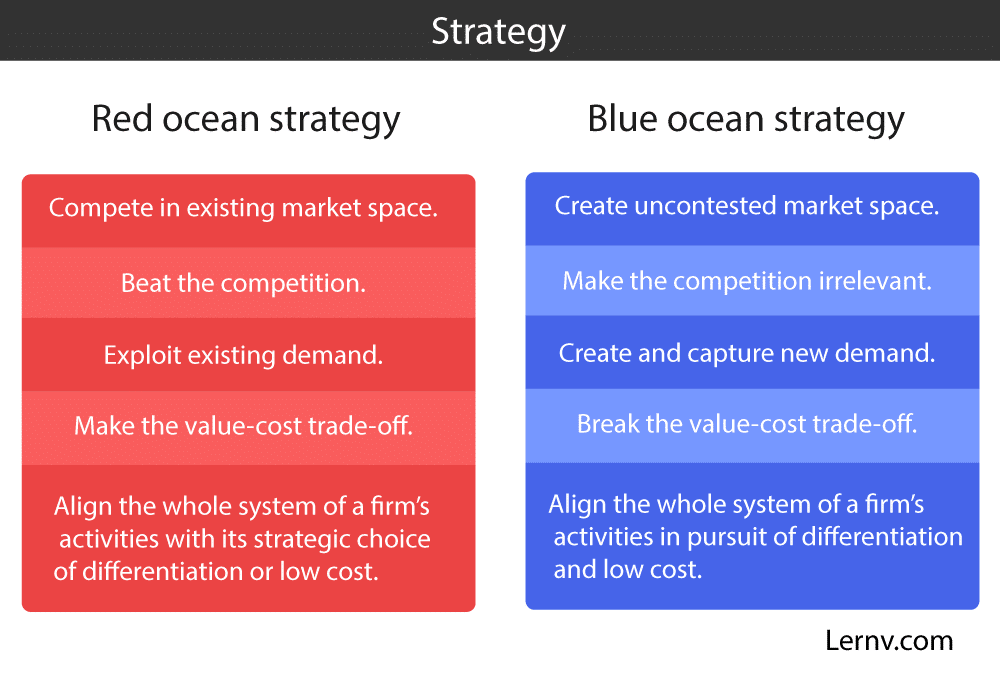
Red ocean strategy refers to the market where competition is cut throat and products are similar.
Products are like commodities and therefore, price wars break out. In such a market, there is no scope for differentiation. There are definitely winners but there is a never-ending supply of losers.
A Red Ocean is a competitive market with many competitors, whereas a Blue Ocean is a market that has no direct competitors, or has such insignificant competition that marketing costs are very low and profit margins are high.
Most companies try to compete in the red ocean, but the blue ocean strategy separates truly successful companies from the rest of the pack.
Red oceans are extremely competitive, and the key to survival is to fight fiercely. The winner is often the one who is willing to fight the hardest.
Blue Ocean is about finding a new market space where you can be the only monopoly for some time.
In a blue ocean, there are no competitors. You can start with a clean slate and set the rules for a whole new game. The real challenge comes in creating a new market space.
Blue ocean strategy examples
Here are some Examples where companies employed the Blue Ocean Strategy:
(1) Southwest Airlines
(2) Geico
(3) McDonald’s
(4) Cirque du Soleil.
The opening of the new format Wal-Mart stores was an example of Blue Ocean Strategy. In this example, Wal-Mart did not compete with other stores, but created a new market altogether to compete with companies such as Costco and Sams Club.
When Wal-Mart was in the process of building its stores, it discovered that some big retail stores were selling the same products that Wal-Mart was selling.
So Wal-Mars’ management decided to do something way out of the box and they decided to sell products at a much lower price.
Wal-Mart had identified an entirely new market space and called it a Superstore. This was a huge competitive advantage to Wal-Mart because no other store did price matching.
Everyone was shocked when Wal-Mart started selling products at below-cost prices. The copycat retail stores were trying to compete with Wal-Mart but the Blue Ocean Strategy had left them behind.
Amazon created a market space for online bookselling. They did not just create a business in this market, they also created a market by employing the long tail strategy.
The trick here is, every business created in this market space competes with Amazon.
“Value innovation is the cornerstone of blue ocean strategy. We call it value innovation because instead of focusing on beating the competition, you focus on making the competition irrelevant by creating a leap in value for buyers and your company, thereby opening up new and uncontested market space.”
W. Chan Kim
What is Blue Ocean Strategy?
Blue Ocean Strategy is a term coined by W. Chan Kim and Renée Mauborgne in their 2005 book Blue Ocean Strategy. It is all about creating ” blue oceans ” where there is untapped potential and room for growth by creating new demand.
What is the goal of a blue ocean strategy?
The goal of the Blue Ocean Strategy is to create an uncontested market space by making a radical value proposition to the consumer. This can be achieved by creating a new market space where competition does not exist or by redefining the terms of the competition in the existing market space.
What are some examples of the Blue Ocean Strategy?
Here are some examples of the blue ocean strategy:
1) The iPod – Apple’s strategy was to make music players not just for storing music, but for listening to music. That was the origin of the iPod. – 2) Pokemon – Nintendo made Pokemon games for the Game Boy. It was a huge success because it allowed people to trade Pokemon with each other. –
3) Fred Meyer – Fred Meyer’s strategy was to open stores in lower-income neighborhoods in order to capture a wider audience while also reducing operational costs. This blue ocean strategy helped Fred Meyer become one of the top grocery chains in the US.
4) Google – Google’s strategy was to make search easy, fast, and accurate. This would differentiate itself from Yahoo, which was slow and often inaccurate.
5) Avis – Avis created a blue ocean by offering the same service as Hertz, but at a lower cost. This made Avis the number 1 rental car company for many years.
